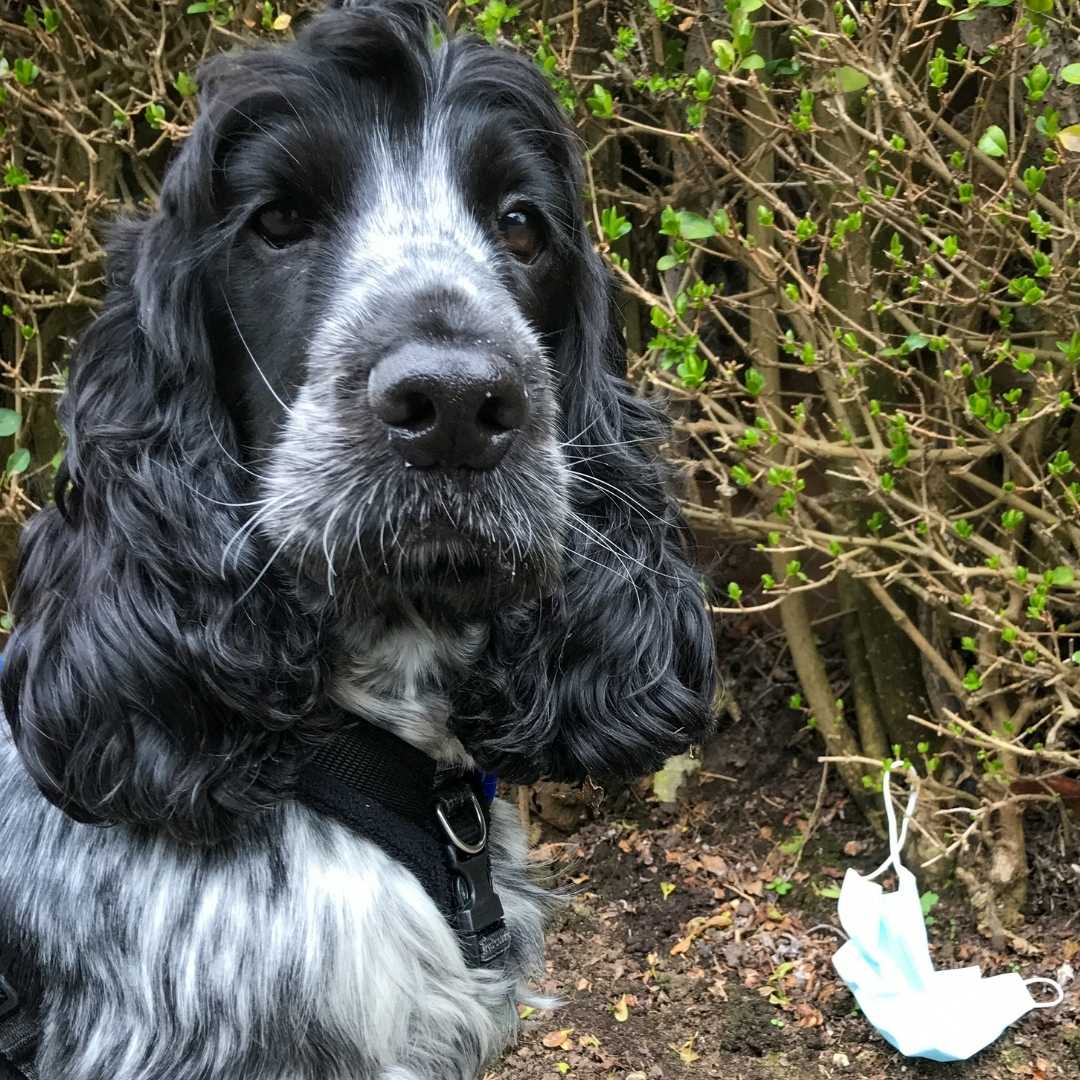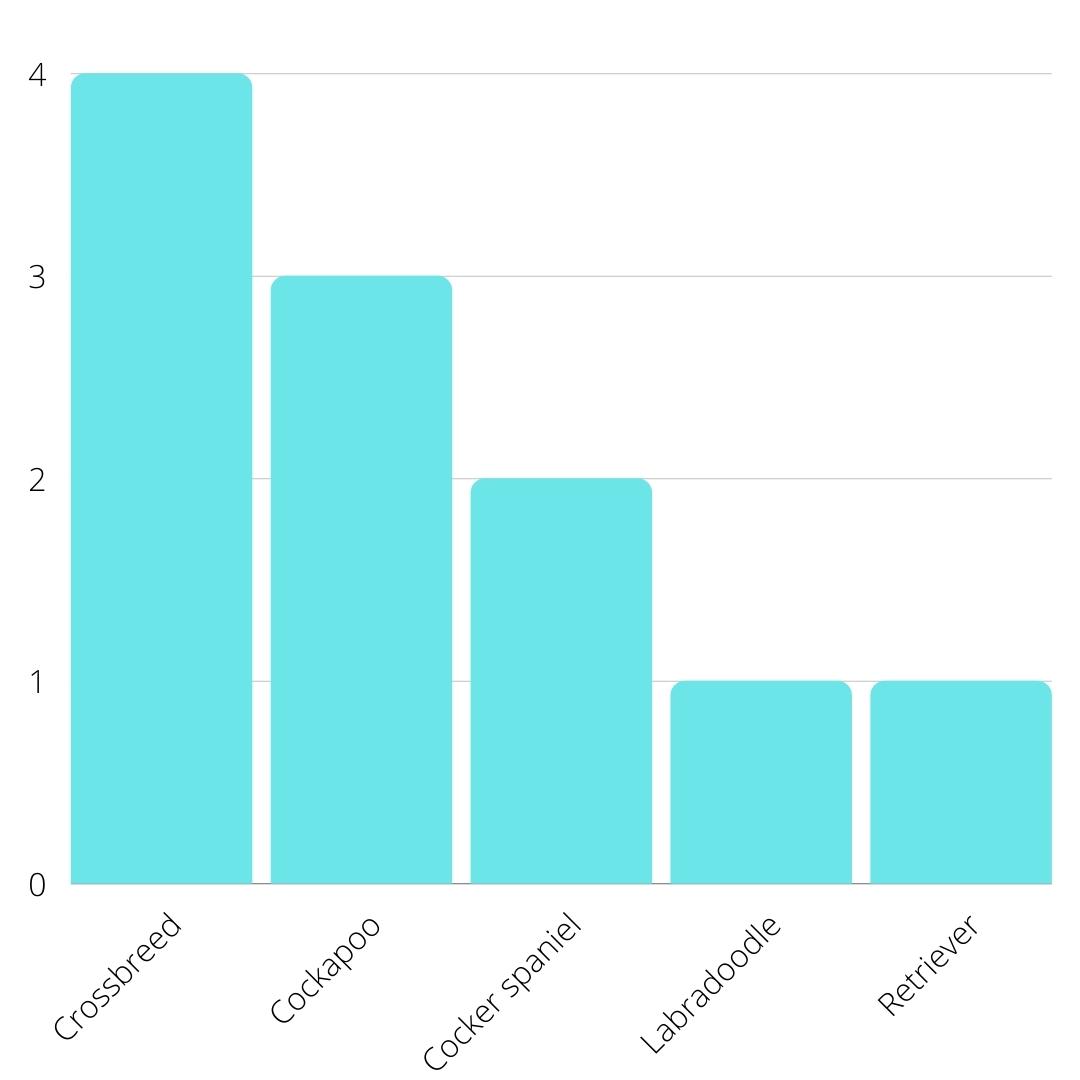RDI: Dogs and face mask ingestion

What is the reason for concern?
There have been occasional media report of dogs eating face masks, requiring different degrees of veterinary intervention. SAVSNET has been collecting data since 2014, and the recording of dogs eating face masks is a completely new finding in the veterinary consultation data.
What data have we used?
SAVSNET collects data from a sentinel network of veterinary practices that voluntarily contribute real time consultation data, and from a network of diagnostic veterinary laboratories.
Here we have explored our veterinary practice data to investigate the recording of dogs eating face masks.
Findings
In our data, the first case was recorded on 17th June 2020, just over a month after the government issued official guidance for masks to be worn in spaces where social distancing was not possible. In total, 11 dogs have been presented to veterinary practices having eaten face masks.
The first three months of 2021 have seen more dogs presented for eating face masks than all of 2020, with 8 dogs already seen this year compared to 4 last year. This is a worrying trend and something we will be continuing to monitor.
Of the 11 dogs, eight were male and three were female. Their ages ranged from three months to 14 years, with seven dogs less than 12 months of age. Breeds are shown below.

Emesis was induced in seven dogs and the contents retrieved included face masks, sweet wrappers, cloths, wet wipes and large pieces of carpet underlay.
Of the dogs who did not have emesis induced, one was euthanised a month after visit for an unspecified reason and the other 3 dogs were not seen by the veterinary practice since the visit.
Two dogs were recorded to have eaten the face masks whilst on a walk, but location was not recorded for the other nine.
‘Changes in behaviour in the population can have unexpected consequences for the animals we share our spaces with. Masks, it turns out, are a convenient size for our pets to eat so we just need to keep an eye out for them at home and when out and about, and encourage everyone not to litter with them’
Dr PJ Noble, Senior Lecturer in Small Animal Internal Medicine
SAVSNET can do these analyses because of the generous participation of diagnostic laboratories and veterinary practices, including the CVS Group. We are looking at how such responses could happen on a more sustainable level in the future.
Disclaimer
These Rapid Disease Investigations (RDI's) are currently unfunded. They are achievable because of the data kindly provided by practitioners and because of the expertise within the SAVSNET group; we will not be able to produce RDIs for every possible scenario, and the absence of an RDI should not be used to imply there is no issue. These data should not be used as proof as to the presence or absence of events. However, they can be used to inform discussions about possible changes of disease seen in practice. If you are an owner concerned about the health of your pet, then please contact your own veterinary surgeon who is best placed to offer advice.